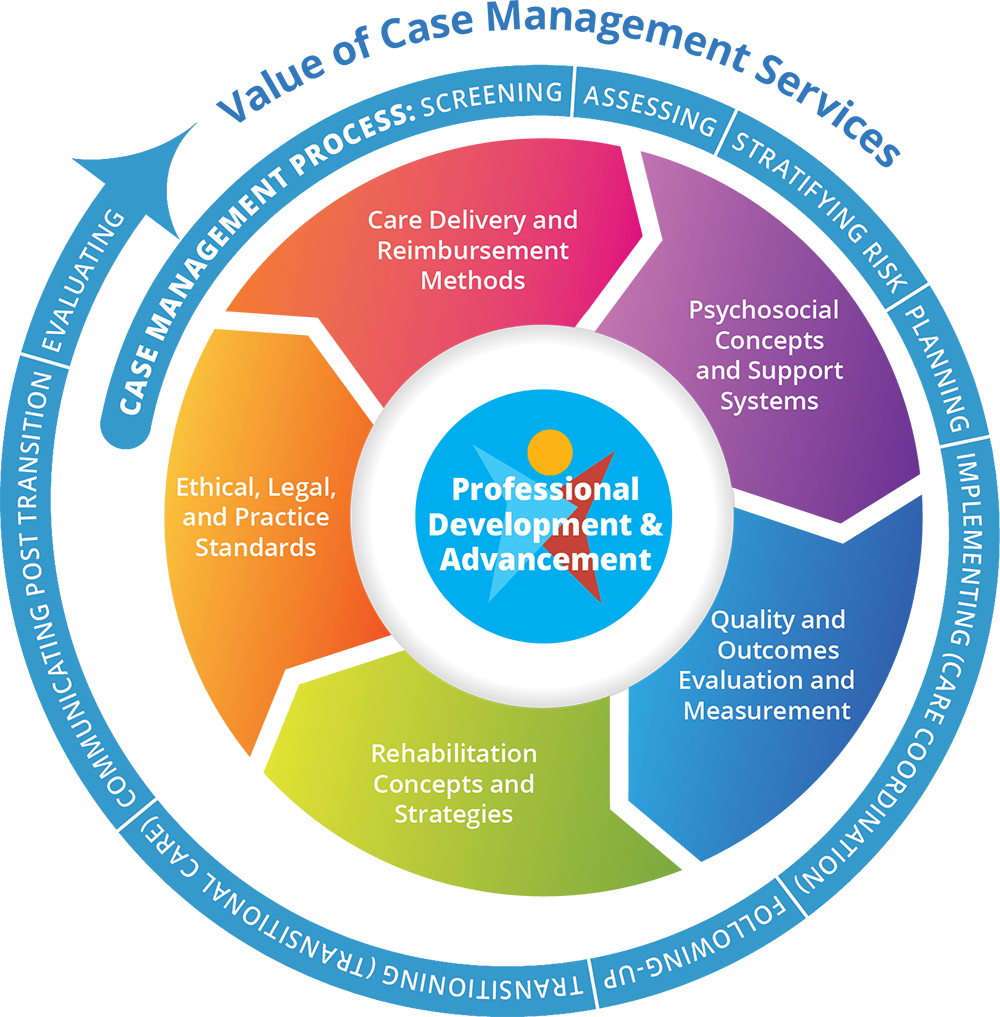For Patients
Treating Cancer
The main kinds of cancer treatment are listed here. You may receive some of these in various combinations.
Surgery. This is an operation to take out all or a part of a tumor. It can work well with solid tumors that are in 1 area of the body. Your doctor may take out part of a tumor to reduce the amount of cancer or get ready for another kind of treatment. Surgery may cause pain, infection, bleeding, damage to nearby tissues, and other reactions.
Radiation uses rays of energy—similar to X-rays—to kill cancer cells or reduce the size of tumors. Cancer cells do not die from radiation right away. It can take weeks or months after treatment. Radiation is given externally (outside the body) or internally (inside the body). External radiation focuses beams of radioactive material to specific areas outside the body. Internal radiation is when radioactive material is placed inside the body in the area of the tumor. The radioactive material gets implanted in the body in a kind of container. Implants may be pellets, seeds, ribbons, wires, needles, capsules, balloons, or tubes.
Chemotherapy (or “chemo”) uses drugs to kill cancer cells or slow their growth. It may be given in monthly cycles—every day for 1 week, then 3 weeks off. Your care team may combine chemo with another treatment. It can be given by mouth, by injection or IV drip, or on the skin. Because it also kills healthy cells, chemo can cause side effects. These include mouth sores, vomiting, hair loss, or tiredness.
Immunotherapy helps the body’s immune system to fight cancer. The immune system is made up of cells, fluids, and organs that work together to fight disease. Immunotherapy is biological. This means it comes from live organisms. Side effects include needle-area reactions and flu-like symptoms.
Targeted therapy starts with testing your cancer cells to see if they will respond to specific drugs. Targeted drugs work by preventing cancer cells from growing, dividing, or getting what they need to grow. Some targeted therapies combine 2 drugs. One attaches to cancer cells and the other kills them. Over time, cancer cells may build up resistance to targeted therapy. Side effects include diarrhea, rash, and tiredness.
You may be able to take your chemo orally (in a pill or capsule). This can be very convenient. But if you forget to take a pill or change the way you take it, the drugs will not work as well at fighting your cancer. If you think the drugs are working really well, you may be tempted to take more than the prescribed dose. Or if you have side effects, you may want to take less. But it is important to talk to your care team before you make any changes.
Sometimes cancer responds really well to treatment. In these cases, you could be cancer-free for 6 months, a year, or longer. Unfortunately, some cancers can recur or come back. When this happens, it can be very upsetting. If you are a cancer survivor, continue talking with your care team. A healthy diet, regular exercise, and routine checkups may help reduce the risk of some cancers from returning. But if recurrence happens, it is not your fault. It is okay to continue asking for help in coping with your feelings.

